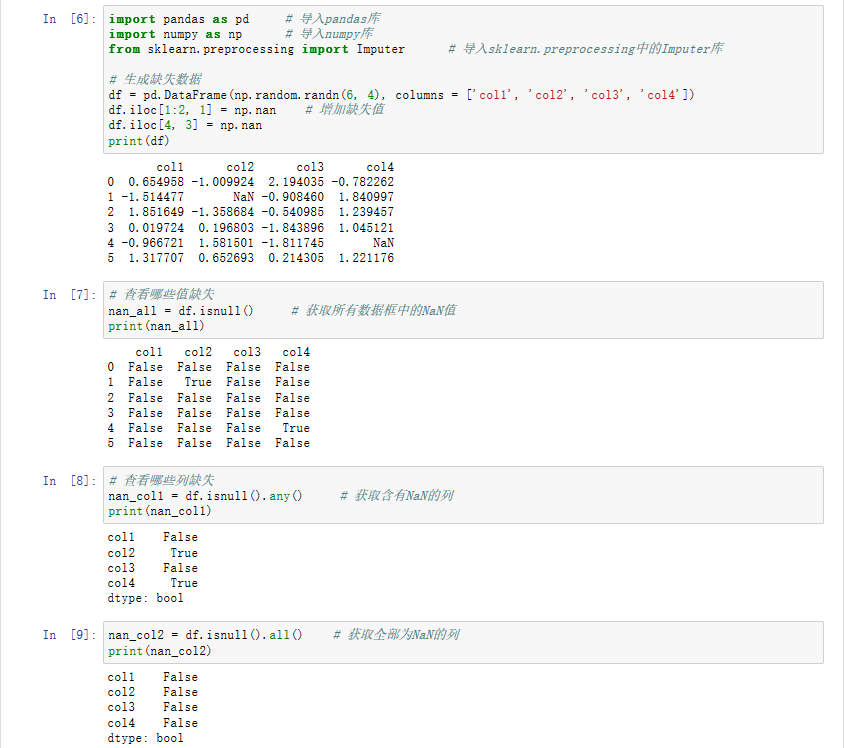I'm trying to adapt the brewer example (http://docs.bokeh.org/en/latest/docs/gallery/stacked_area.html) to my needs. One of the things I'd like is to have dates at the x-axis. I did the following:
timesteps = [str(x.date()) for x in pd.date_range('1950-01-01', '1951-07-01', freq='MS')]
p = figure(x_range=FactorRange(factors=timesteps), y_range=(0, 800))
p.xaxis.major_label_orientation = np.pi/4
as an adaptation of the previous line
p = figure(x_range=(0, 19), y_range=(0, 800))
The dates are displayed, but the first date 1950-01-01 sits at x=1. How can I shift it to x=0? The first real data points I have are for that date and therefore should be displayed together with that date and not one month later.

Well, if you have a list of strings as your x axis, then apparently the count starts at 1, then you have to modify your x data for the plot to start at 1. Actually the brewer example (http://docs.bokeh.org/en/latest/docs/gallery/stacked_area.html) has a range from 0 to 19, so it has 20 data points not 19 like your timesteps list. I modified the x input for the plot as : data['x'] = np.arange(1,N+1) to start from 1 to N. And I added one more day to your list: timesteps = [str(x.date()) for x in pd.date_range('1950-01-01', '1951-08-01', freq='MS')]
Here is the complete code:
import numpy as np
import pandas as pd
from bokeh.plotting import figure, show, output_file
from bokeh.palettes import brewer
N = 20
categories = ['y' + str(x) for x in range(10)]
data = {}
data['x'] = np.arange(1,N+1)
for cat in categories:
data[cat] = np.random.randint(10, 100, size=N)
df = pd.DataFrame(data)
df = df.set_index(['x'])
def stacked(df, categories):
areas = dict()
last = np.zeros(len(df[categories[0]]))
for cat in categories:
next = last + df[cat]
areas[cat] = np.hstack((last[::-1], next))
last = next
return areas
areas = stacked(df, categories)
colors = brewer["Spectral"][len(areas)]
x2 = np.hstack((data['x'][::-1], data['x']))
timesteps = [str(x.date()) for x in pd.date_range('1950-01-01', '1951-08-01', freq='MS')]
p = figure(x_range=bokeh.models.FactorRange(factors=timesteps), y_range=(0, 800))
p.grid.minor_grid_line_color = '#eeeeee'
p.patches([x2] * len(areas), [areas[cat] for cat in categories],
color=colors, alpha=0.8, line_color=None)
p.xaxis.major_label_orientation = np.pi/4
bokeh.io.show(p)
And here is the output:

UPDATE
You can leave data['x'] = np.arange(0,N) from 0 to 19, and then use offset=-1 inside FactorRange, i.e. figure(x_range=bokeh.models.FactorRange(factors=timesteps,offset=-1),...
Update version bokeh 0.12.16
In this version I am using datetime for x axis which has the advantage of nicer formatting when zooming in.
import numpy as np
import pandas as pd
from bokeh.plotting import figure, show, output_file
from bokeh.palettes import brewer
timesteps = [x for x in pd.date_range('1950-01-01', '1951-07-01', freq='MS')]
N = len(timesteps)
cats = 10
df = pd.DataFrame(np.random.randint(10, 100, size=(N, cats))).add_prefix('y')
def stacked(df):
df_top = df.cumsum(axis=1)
df_bottom = df_top.shift(axis=1).fillna({'y0': 0})[::-1]
df_stack = pd.concat([df_bottom, df_top], ignore_index=True)
return df_stack
areas = stacked(df)
colors = brewer['Spectral'][areas.shape[1]]
x2 = np.hstack((timesteps[::-1], timesteps))
p = figure( x_axis_type='datetime', y_range=(0, 800))
p.grid.minor_grid_line_color = '#eeeeee'
p.patches([x2] * areas.shape[1], [areas[c].values for c in areas],
color=colors, alpha=0.8, line_color=None)
p.xaxis.formatter = bokeh.models.formatters.DatetimeTickFormatter(
months=["%Y-%m-%d"])
p.xaxis.major_label_orientation = 3.4142/4
output_file('brewer.html', title='brewer.py example')
show(p)




![Prime Path[POJ3126] [SPFA/BFS] Prime Path[POJ3126] [SPFA/BFS]](https://oscimg.oschina.net/oscnet/e1200f32e838bf1d387d671dc8e6894c37d.jpg)
